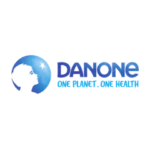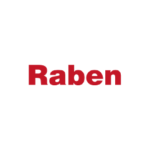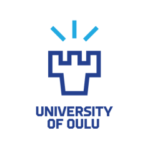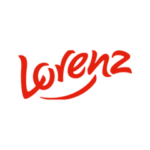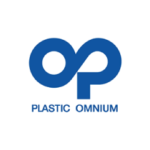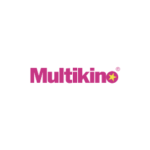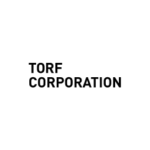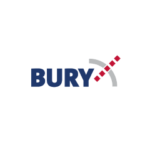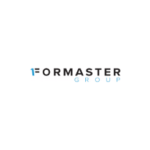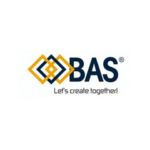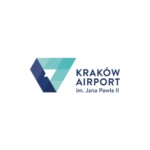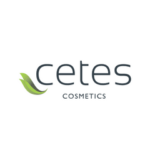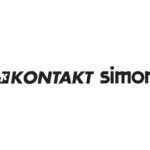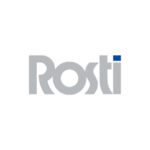Quite a lot has been written about HR analytics being one of the essential tools in improving the employee experience. By using data to assess employee satisfaction, engagement and performance, organisations can identify areas where employees are struggling or dissatisfied and take corrective steps to create a more positive, engaging and supportive work environment. Analytics is therefore the first step in transforming HR from a ‘support’ role to a strategic partner helping HR manage the company’s most important asset – its employees.
For more than a century, organisations have been using performance management tools aimed at increasing employee engagement and productivity. The origins of the research currently undertaken by HR departments can be traced back to morale studies conducted by the US military during the First World War. After the war, many of the experts who conducted these studies moved into the private sector and created organisations such as the Personnel Research Federation to apply lessons from military psychology to employees. The popularity of this type of research among employers increased in the 1930s, when companies used it to learn how to fight trade unions. This explains the initial focus on whether employees were happy with factors such as wages; if companies were aware that their employees were unhappy and knew why, they could address problems before unions had a chance to step in. So, in short, it is analytics that provides us with data about our effectiveness.
And despite the fact that we all reiterate the importance of achieving goals, the practice of ‘setting goals and forgetting about them’ is not at all as rare as we would like it to be. However, looking at the changes that have taken place in HR in recent years and what lies ahead, organisations can no longer afford to be a kind of ‘lightweight’ in the execution of their employee engagement strategy.
What is OKR?
A topic that has been particularly present on HR webinars recently is the use of the OKR methodology by HR departments. OKR – which stands for “Objectives and Key Results” – is nothing more than the objectives we want to achieve and the key results – the actions we need to take. It sounds extremely simple and, moreover, not necessarily revelatory. The foundations of the methodology can be found as far back as 1954, when Philip Drucker introduced MBO – Management by Objectives. Of course, there would be no OKRs today without Andy Grove (considered the father of the methodology) and John Doerr, who proved the effectiveness of OKRs in a start-up with a strange name – Google.
Does everything that works at Google work at other organisations? No. Moreover, OKRs themselves are not without flaws, but regardless, it is worth considering the answer to the question: what can OKRs do for HR?
OKRs help HR teams set structured and data-driven goals and help quantify their results. They provide a framework for: firstly, setting HR objectives, then monitoring key results, and finally achieving the objectives.
A goal is simply what is to be achieved – nothing more or less. By definition, goals are meaningful, specific, action-oriented and ideally inspiring. An objective describes a measurable action that an employee needs to take to get where he or she is going. Key results, on the other hand, provide a benchmark and monitor how the goal is being achieved. Effective key results are specific and time-bound, ambitious but realistic and, above all, are measurable and verifiable. Either you meet a key result or you don’t; there is no other option. Goals communicate the vision, while key outcomes measure progress towards that goal.
The OKR methodology provides a framework for setting strategic HR goals. Setting specific, realistic goals helps to understand what the HR team is aiming for and to create a real ‘road map’ for achieving those goals. Clear objectives help to focus on priorities. Often HR staff tend to want to achieve too much in a short space of time; OKRs prioritise so that the whole team is focused on the same challenge. This is particularly important precisely in the case of the HR department, which often carries out tasks in different areas (e.g. talent acquisition, organisational development, learning and development, employee relations, etc.).
How and when to start working with OKRs?
First of all, align them with the organisation’s objectives – we are supposed to add value to the business, not create our own. Remember that many objectives (e.g. digitalising internal communications) will require cross-functional collaboration, so it is important to ensure that these objectives are understood and accepted beforehand. OKRs provide organisations with a framework for setting goals, which in turn are cascaded into key outcomes that are implemented by teams. This means that OKRs require both top-down and bottom-up support from both management and lower-level employees. So if one of the priorities for 2023 is to ‘automate HR processes’, automation is to underpin some of the objectives being developed.
Independently, each area of human resources management will have OKRs specific to it. For example, in the area of ‘talent acquisition’, the goal might be ‘the image of a desirable employer’, and in the area of ‘talent management’, the goal might be ‘the image of an employer for years to come’. And accordingly: the key results in the former area could be, for example, an increase in employer brand recognition by a certain number of percentage points, or, for example, the acceptance of job offers at a given level. In the case of ‘talent management’, the key results could be either an increase in employee engagement to a certain level (measured in the annual employee survey) or the already mentioned increase in employer brand recognition by a certain number of percentage points.
What is important – key results should be quantifiable and it is usually recommended that there should be between two and five key results per objective. When defining more than this, there is a risk that team members will start to deploy their resources ‘in small pieces’, rather than focusing on achieving the goal. By assigning measurable values to the results and defining their percentage weights, we prioritise the day-to-day activities.
We started with data and analytics. And we end with analytics. For there are no OKRs without data, and no data without analytics. The future is data-driven HR, whether we want it or not.
Błażej Migoń
expert in HR solutions, eq system sp. z o.o.
Do you have any comments or questions? Get in touch with Błazej Migoń on LinkedIn.






